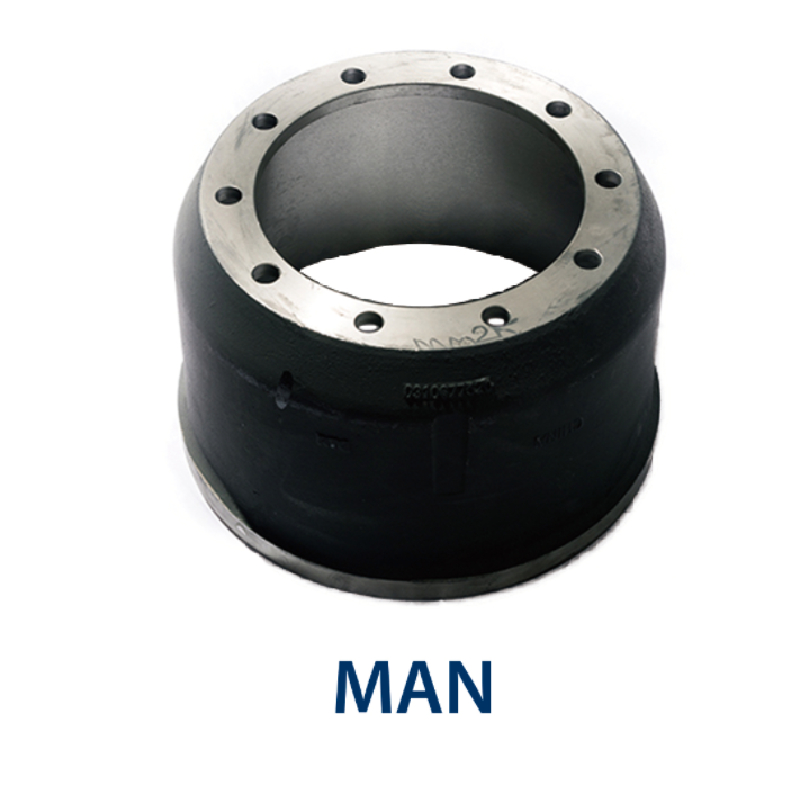Sep . 25, 2024 15:40 Back to list
brake drum adjustment
Understanding Brake Drum Adjustment Importance and Procedure
When it comes to vehicle safety, the braking system is paramount. Among the various types of braking systems, drum brakes are still widely used, especially in older vehicles and light trucks. To ensure optimal performance, regular maintenance is essential, and one key part of this maintenance is brake drum adjustment. This article aims to explore the importance of brake drum adjustment and provide a comprehensive guide on how to perform this crucial task.
Importance of Brake Drum Adjustment
Proper brake drum adjustment plays a critical role in vehicle safety and performance. When the brake shoes within the drum expand, they come into contact with the drum’s inner surface to slow the vehicle down. Over time, as the brake shoes wear down, the distance between them and the drum increases, requiring a longer stroke of the brake pedal for effective stopping power. Regular adjustment helps to minimize pedal travel, ensuring that the brakes engage more effectively and respond quicker.
Improperly adjusted brakes can lead to a host of issues, including reduced stopping power, uneven wear of brake components, and increased stopping distances. This not only compromises driver safety but also leads to excessive wear on brakes, resulting in costly repairs. Therefore, regular adjustment of drum brakes is necessary to maintain vehicle safety and performance.
Signs That Adjustment is Needed
Several symptoms indicate that your brake drums may require adjustment. These include
1. Increased Brake Pedal Travel If you notice that the brake pedal needs to be pressed further than usual to stop the vehicle, it’s a sign that the brake shoes are not making enough contact with the drum.
2. Unusual Noises Grinding or squeaking noises while braking can indicate that the brake shoes are either worn out or misaligned, prompting the need for adjustment.
4. Visual Inspection Inspecting the brake components periodically can reveal wear patterns or misalignments that necessitate adjustment.
How to Adjust Brake Drums
brake drum adjustment

Adjusting brake drums is a moderately challenging task but can be accomplished with the right tools and a basic understanding of automotive systems. Here’s a step-by-step guide
Tools Required - Jack and jack stands - Lug wrench - Brake adjustment tool or screwdriver - Safety goggles and gloves
Steps
1. Preparation Ensure that your vehicle is parked on a flat surface and the parking brake is engaged. Wear safety goggles and gloves for protection.
2. Lift the Vehicle Use a jack to lift the vehicle off the ground and secure it with jack stands. Remove the wheel using a lug wrench.
3. Access the Brake Drum Depending on your vehicle, you may need to remove retaining clips or screws to take off the brake drum. Once removed, inspect the brake shoes for wear.
4. Locate the Adjustment Mechanism Most drum brakes have an adjustment mechanism located at the bottom of the shoes. This may be a star wheel that can be turned with a brake adjustment tool.
5. Adjust the Shoes Turn the star wheel to expand the shoes until they make slight contact with the drum. It’s essential to ensure that there is no binding but enough contact for effective braking.
6. Reassemble Once the adjustment is made, reattach the brake drum and wheel. Make sure all components are securely fastened.
7. Test Drive Lower the vehicle, remove the jack stands, and take the vehicle for a test drive. Pay attention to the feel of the brakes, and ensure there’s no abnormal noise or behavior.
Conclusion
Regular brake drum adjustment is a vital part of vehicle maintenance that enhances both safety and performance. Understanding the signs that indicate the need for adjustment and knowing how to perform the task can save you from potential hazards on the road. Whether you choose to tackle this task yourself or seek professional assistance, ensuring that your drum brakes are properly adjusted is crucial for a safe driving experience. Remember, your brakes are your first line of defense in emergencies—don’t take their maintenance lightly.
-
Durable Brake Drum MAZ for Heavy Duty Trucks | High Performance
NewsAug.26,2025
-
FUWA: Premium Quality, Reliable Performance & Innovative Solutions
NewsAug.25,2025
-
Liza Brake Drum: Superior Quality & Performance for Safe Driving
NewsAug.24,2025
-
Iveco Brake Drum | Premium OE Quality for Daily & Eurocargo
NewsAug.22,2025
-
Your Brake Drum Man: Quality & Performance Parts
NewsAug.21,2025
-
Explore Japan: Ultimate Travel Guide & Authentic Experiences
NewsAug.19,2025
